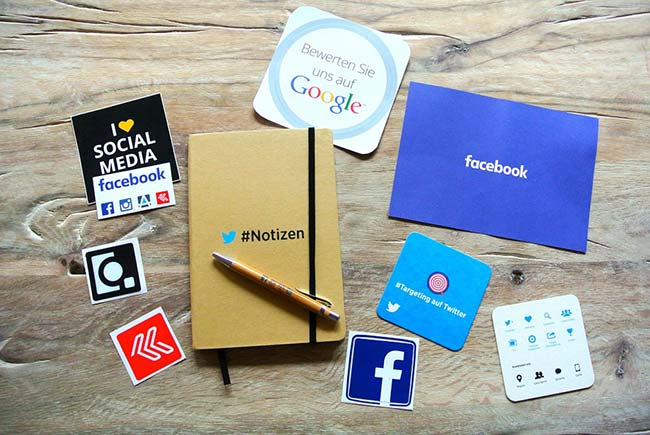Influencer marketing has evolved from a mere buzzword amongst the noisy, overcrowded digital marketplace into a multi-billion dollar industry.
Brands scrambling to figure out how to stay current have turned to influencer marketing, and many of them have even received a 520% return on investment, based on a 2018 statistic.
Moreover, statistics show us that 49% of consumers take into consideration an influencer’s product testimonials before deciding whether or not to purchase an item.
This effect on consumers’ spending habits has prompted many marketers to allocate a budget for influencer marketing.
But like any other marketing strategy, developing an influencer campaign requires careful planning, cooperation, and attention to detail if you truly want to enhance brand credibility and reach your target audience.
Here are a few simple steps to get you started:
Article Chapters
1. Create Goals That are Actionable and Measurable
The initial step is setting realistic goals.
Whether you want to expand your network to reach the younger audience or enhance the relatability factor of your brand, defining your objectives makes it easy for you to choose the ideal influencer or platform for your campaign.
Take into account the industry you belong to, the market you want to target, the type of channels you want to use to spread your business’ message, and the influencers’ style and network that are best suited for your campaign.
Ideally, for instance, a skincare brand should collaborate with multi-channel influencers who have huge followings on YouTube and Instagram.
These platforms are where most of the younger demographic spend their time online.
On the other hand, if you’re aiming to target a network of professionals, you should consider launching your campaign on Facebook, LinkedIn, or Twitter.
Knowing where to place your content and who to collaborate with are crucial if you want your campaign to have a better chance of success.


2. Find the Perfect Influencer For Your Brand
Your potential influencer should tick all the right boxes in terms of content quality, follower count, engagement, and style.
Marketers often make the mistake of reaching out to an influencer for a collaboration prior to doing a thorough background check.
First things first: check if your prospect is engaging in fraudulent activities (i.e., fake followers and fake engagement).
There are tools readily available to quickly scan the engagement activities and follower/following ratio of the influencer to identify their legitimacy.
For example, Instagram has the IG Audit tool, which gives a rundown of a user’s estimated real follower count and average engagement activity.
It is also equally important to scroll through past posts to see if they’ve already collaborated with brands that have a product or service similar to yours.
Moreover, there’s a growing trend among brands and marketers who choose to work with micro and nano-influencers.
They have relatively fewer followers than celebrities and macro-influencers but they deliver quality engagement.
This is a great option for brands that want to establish their reputation through influencers who post consistently engaging and relatable content.
Once you’ve chosen who you feel is the appropriate person to represent your business across various channels, you can reach out to them via email or private message.
3. Get Creative
Set the budget and lay out your plans to the influencer.
You should be concise about everything – from the type of campaign you want to execute to the content you want to publish.
You can be upfront about the relevant posts you want for your campaign, but don’t interfere with the influencer’s unique style and creativity.
It’s important to be open to suggestions and collaborate with them in order to get the creative juices flowing and produce a win-win outcome.
Whether you want the influencer to post sponsored content, a product review or a contest/giveaway, give them all the required information they need to do so.
Provide the requested tags, and call-to-actions, and let the influencer take care of the rest.
They should be experienced in knowing exactly how to peak the interest of their followers, and further drive interaction and engagement.
Modern, hard-to-please consumers have grown tired of all the digital noise and product promotions that lack sincerity and transparency.
They are smart enough to detect if the influencers are forced to promote a product they don’t actually like.
So it’s crucial to establish a meaningful, collaborative relationship with the influencer instead of just dismissing them as mere marketing tools.
4. Monitor the Success of Your Influencer Marketing Campaign
Monitor the reach, engagement, and conversion to see if your campaign is yielding the desired results.
Keep track of the number of likes, shares, and comments on the posts, as well as the business website traffic.
A significant increase translates to your influencer marketing campaign, effectively reaching a wider audience.
Although enhancing brand awareness is one of the major priorities of brands, the end goal should always be increasing revenue.
Tools and software are also available to effectively measure if sales performance has improved.
If you don’t see an upswing in results, however, you can always invest in careful re-planning and revising to better cater to the needs and wants of your target demographic.

